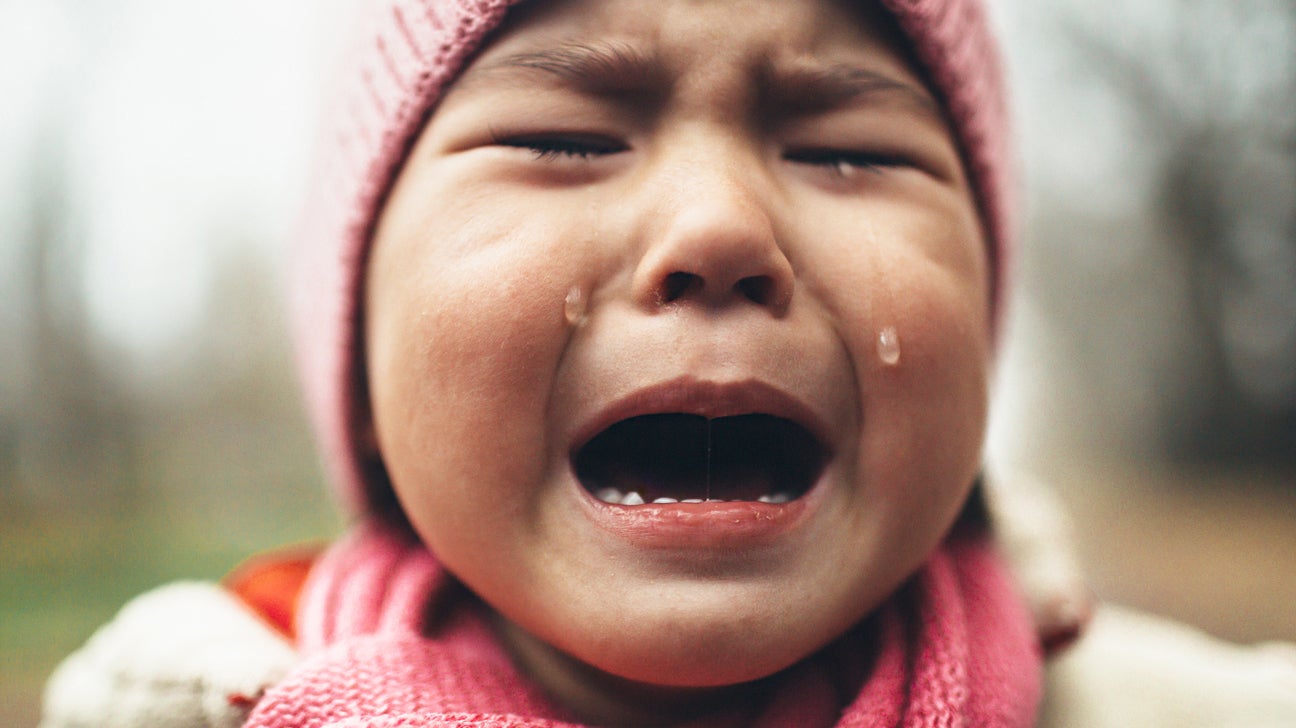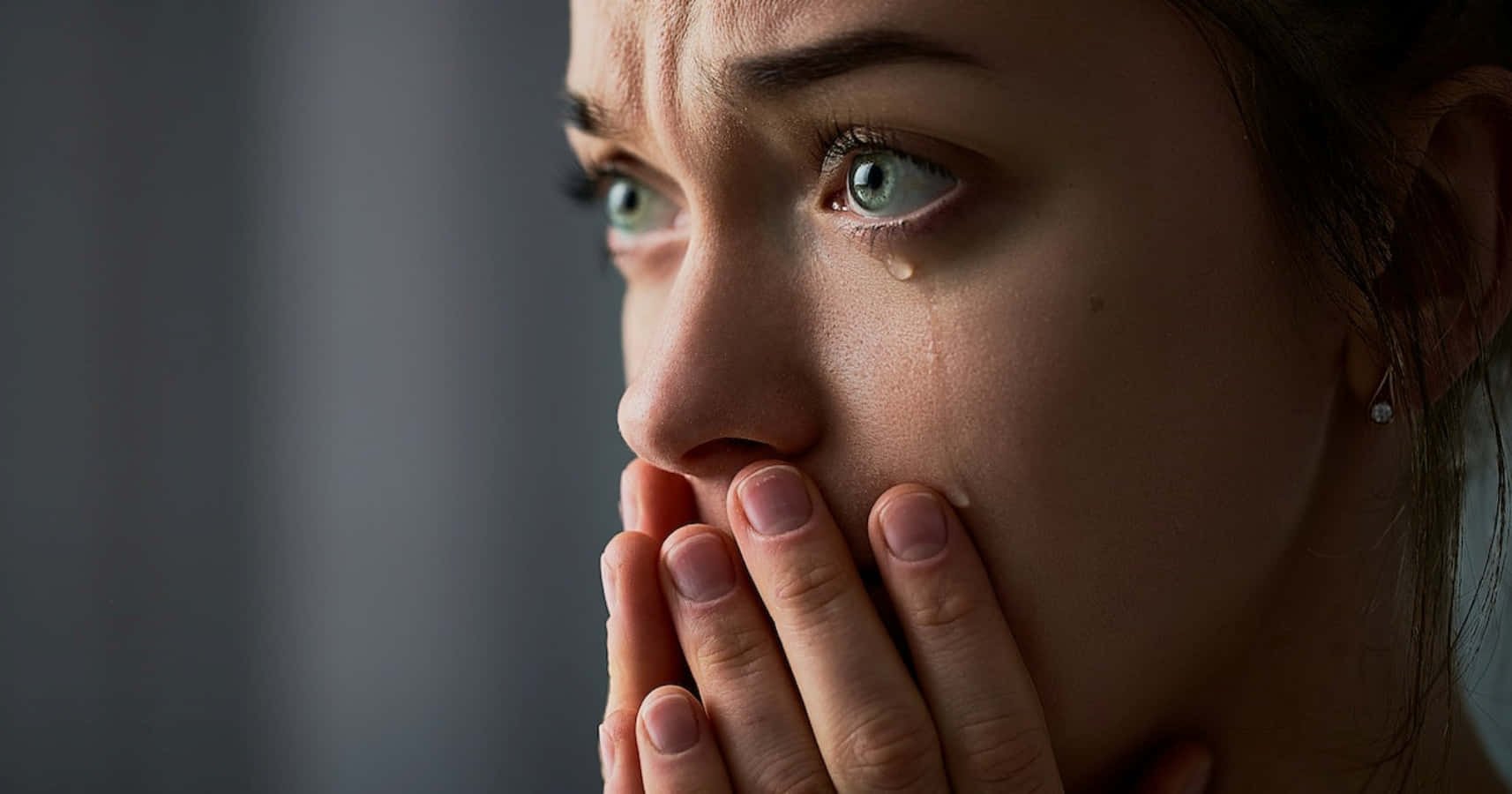📖 Article Content 📖
The "crying on knees meme" has become a familiar sight across social media feeds, capturing moments of intense despair or overwhelming emotion with a touch of relatable humor. It's that image, you know, of someone utterly distraught, perhaps kneeling, expressing a feeling that's just too big for words, or so it seems. This visual shorthand, basically, taps into a universal human experience, allowing us to share feelings that are, well, pretty deep without having to say very much at all.
We've all been there, haven't we, when a situation just feels so overwhelming, maybe a video game outcome, or a favorite team losing, or even just a funny, over-the-top reaction to something really minor. The meme, in a way, gives us a lighthearted way to acknowledge those dramatic emotional responses, whether they are actually serious or just a bit of fun. It's a way people connect over shared feelings, even if those feelings are being presented in a somewhat exaggerated way for laughs, you know, just a little.
But beyond the laughs, there's something rather interesting about why this particular image, this "crying on knees meme," resonates so much. It connects with the very core of what crying means to us as people. We're going to talk a little about what crying actually is, why we do it, and how this internet sensation, this "crying on knees meme," actually reflects some pretty deep truths about our human emotional landscape, you know, in a surprisingly simple picture.
Table of Contents
- What is Crying Anyway?
- Why Do We Cry? The Science Behind the Crying on Knees Meme
- The Different Shades of Tears and the Crying on Knees Meme
- Is Crying Good for You? A Look at Emotional Release
- When is Crying Too Much or Not Enough? Reflected in the Crying on Knees Meme
- The Power of Shared Experience- The Crying on Knees Meme as a Cultural Touchstone
- How Does the Crying on Knees Meme Help Us Connect?
- The Universal Language of Emotions and the Crying on Knees Meme
What is Crying Anyway?
Crying, you know, it's pretty much that act where tears come out of your eyes, or maybe just fill them up, all in response to how you're feeling inside or if something hurts your body. It's a natural thing, really, a way our bodies show what's going on with our feelings, so.
These feelings that can make us cry, they're quite varied, aren't they? We're talking about things like feeling very sad, or maybe quite angry, sometimes even being extremely happy, and also feeling a bit scared. It's a broad spectrum, you see, that triggers this kind of response.
And when we cry, it's not just the waterworks, so to speak. It can involve the tears themselves, obviously, but also the way our faces look, the sounds we might make, like sniffles or sobs, and a whole lot more, too it's almost a full-body experience for some, you know.
- Meaning In Text From A Girl
- F You In Sign Language
- Mom Sundress Camel
- That Evil Twink Will Pay
- Caitlin Clark Street Clothes
So, in a way, crying can be a sort of protective action, like a reflex, or it can be a clear sign of an emotional state, or sometimes, it's even a sign that something medical is going on. It really just depends on the situation, doesn't it? It's quite a complex human function, actually.
Why Do We Cry? The Science Behind the Crying on Knees Meme
This thing called crying, it's rather special because it's something pretty much only humans do. It's a natural way we react to all sorts of feelings, from really deep sorrow and loss to moments of extreme happiness and pure delight. It's a very human thing, you know, this "crying on knees meme" kind of captures that intense human feeling, so.
People often wonder, is crying actually good for you? And the answer, generally, is yes. Crying is a natural and rather helpful way we respond to things that stir our feelings. It's how our bodies work through stress, helping to calm our nervous system, and even, apparently, getting rid of some unwanted stuff from our bodies. It's a cleansing process, in some respects, you know, a sort of release.
It's a normal kind of behavior, caused by many different things. These can be emotional reasons, physical sensations, or even chemical reactions happening inside your body. It's a complex mix, really, that leads to those tears. The "crying on knees meme" often shows that intense emotional reaction, doesn't it? It's a powerful visual, you see.
Our bodies are quite clever, actually, in how they manage these emotional outputs. When we're feeling very strong emotions, the brain sends signals that tell our tear glands to produce tears. This process, it's not just about showing feelings; it's also about helping our bodies cope with what we're going through, a bit like a pressure release valve, you know.
The act of crying can also trigger the release of certain chemicals in the brain, like endorphins, which are natural pain relievers and mood lifters. So, after a good cry, you might feel a sense of calm or even a slight uplift in your mood. This physical response is part of why crying is often described as a beneficial activity, basically, for our well-being.
The Different Shades of Tears and the Crying on Knees Meme
There are, you know, different types of tears, even though we often just think of them as one thing. We have basal tears, which are always there, keeping our eyes moist and healthy. Then there are reflex tears, which happen when something irritates your eye, like an onion or a speck of dust, or perhaps a strong gust of wind, you know.
And then, of course, there are emotional tears. These are the ones that come out when we're feeling a lot of emotion, whether it's sadness, joy, or even frustration. These emotional tears, apparently, have a different chemical makeup than the other types, containing more stress hormones. So, when you see a "crying on knees meme," it's usually these emotional tears we're thinking about, the ones that show a person's inner world, you know, quite vividly.
It's quite fascinating, how our bodies have these different ways of making tears for different purposes. It really just goes to show how intricate our systems are, even for something as seemingly simple as crying. This differentiation highlights the body's remarkable ability to respond to various stimuli, both internal and external, which is pretty amazing, actually.
The composition of emotional tears, with their higher levels of stress hormones, suggests a biological mechanism for purging the body of these chemicals. This process, in a way, contributes to the feeling of relief many people experience after a period of intense crying. It's almost as if the body is physically cleansing itself of emotional strain, which is pretty cool, you know.
Is Crying Good for You? A Look at Emotional Release
So, is crying actually good for us? Many people feel better after a good cry, and there's some good reason for that. It's a pretty normal and generally healthy thing to do. As many people know from their own experiences, a good cry can feel like a release, like letting go of a heavy burden, you know, a real weight lifted.
It's a way our bodies kind of reset, you know? When we cry due to strong feelings, it can help bring our nervous system back to a more settled state. It's almost like a built-in mechanism for dealing with emotional overload. This is why the "crying on knees meme" often resonates; it captures that moment of intense feeling that often precedes or accompanies this kind of release, that moment of utter surrender, basically.
Think about it: pretty much everyone has cried at some point in their life. Given how common crying is in all sorts of tough, and even happy, situations, it's a little surprising that we don't talk about its benefits more often. It's a very human thing to do, after all, and something we all share, in a way.
Crying can also be a way to communicate our needs to others. When we cry, it's often a signal that we need comfort, support, or just someone to listen. This social aspect of crying can strengthen bonds and elicit empathy from those around us, which is pretty important for human connection, you know, really.
Furthermore, crying can provide a moment for self-reflection. During or after a cry, people might gain new insights into their feelings or the situation that triggered the tears. It can be a powerful tool for emotional processing, allowing us to understand ourselves a little better, which is, honestly, quite beneficial.
When is Crying Too Much or Not Enough? Reflected in the Crying on Knees Meme
While crying is generally a normal and helpful thing, there are times when it might feel like you're crying too much, or perhaps not enough. It's possible, you see, to cry a lot, or maybe hardly at all, and still be within what's considered typical, you know, for human behavior.
Some people, for example, might tear up during a television commercial, while others only get watery eyes for truly sad or incredibly happy moments. Sometimes, we even cry without a clear reason, just kind of randomly. The "crying on knees meme" often exaggerates this, showing an extreme reaction to something that might not warrant it, highlighting the spectrum of emotional responses, you know, for effect.
But what's the actual reason behind these different crying patterns? It really varies from person to person. Our individual makeup, past experiences, and current emotional state all play a part. It's not a one-size-fits-all kind of thing, is it? Everyone has their own unique way of expressing feelings, basically.
If someone feels like they are crying constantly, or if their crying is accompanied by other feelings like deep sadness that just won't go away, or a lack of interest in things they once enjoyed, it might be a sign to talk to someone. Similarly, if someone feels like they can't cry, even when they want to or when a situation calls for it, that too might be something



